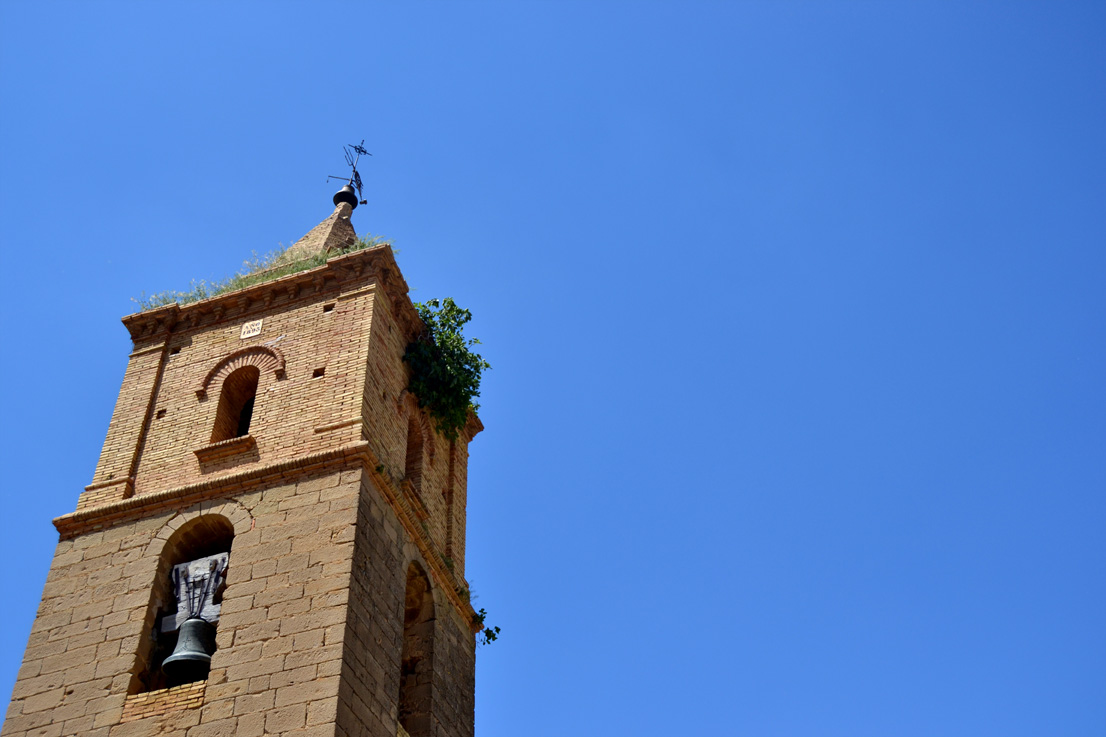
At the foot of the Sierra de Guara and located on a hill, Coscullano has an urban layout that features houses built on terraces following the contour of the terrain to create unique structures: streets crossed by bridge houses.
The Parish Church of Santa María Magdalena is located at the top of the village and features a central nave with a vaulted lunette ceiling, a popular 18th-century style.
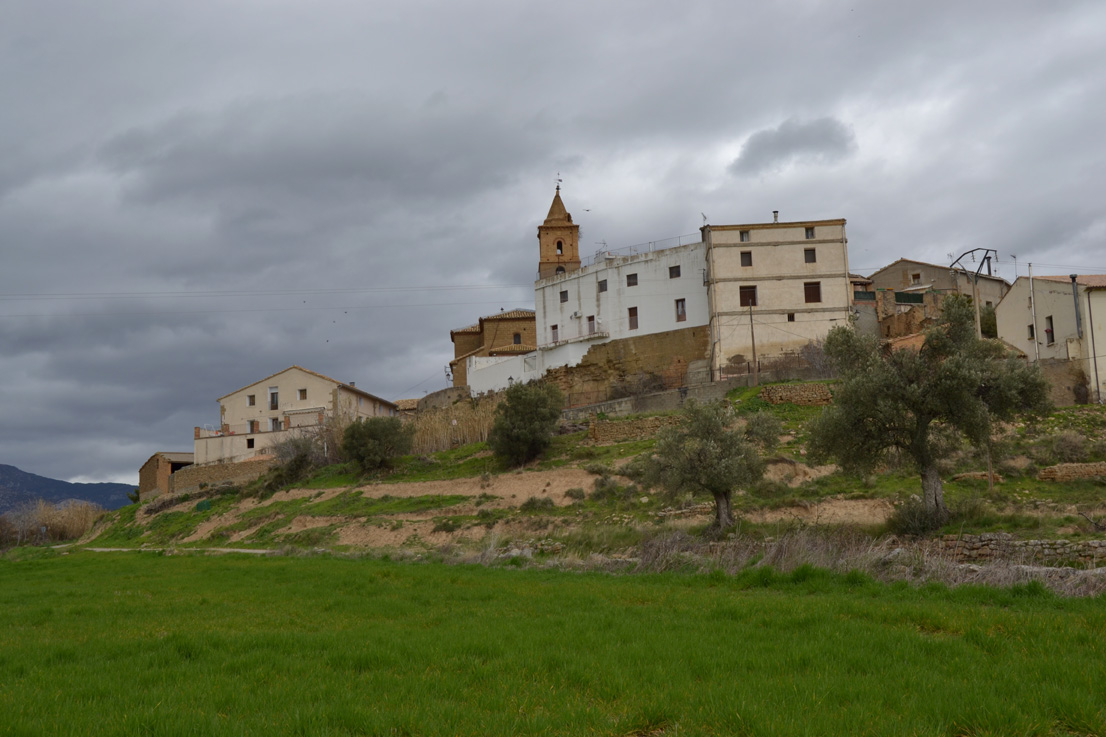
The 17th-century Chapel of San Pedro is located nearby.
The village is also home to the archeological remains of an Early Roman villa, as well as a medieval necropolis in the cemetery.
Another point of interest is the Chapel of the Santos Cosme y Damián, a former monastery attached to vertical and spectacular aggregate rock walls. A pilgrimage takes place there every May 9th.
Coscullano celebrates its annual festivals on April 29th in honor of St. Peter of Verona; on August 5th in honor of Our Lady of the Snow, and on January 20th in honor of St. Fabian.
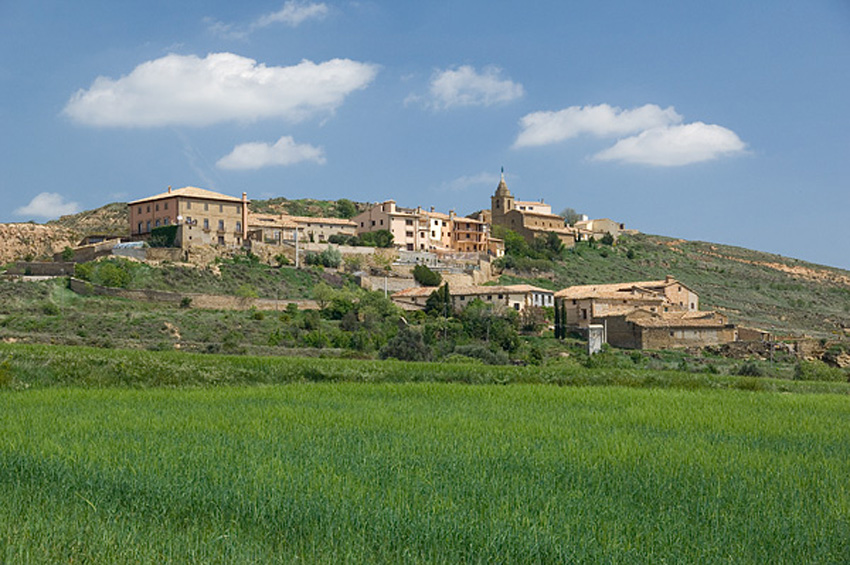
A few kilometers from Huesca, located on the western slope of a hill, Castilsabás was founded as an Iberian-Roman settlement.
Its Parish Church of San Antonio Abad is located at the center of the hamlet.
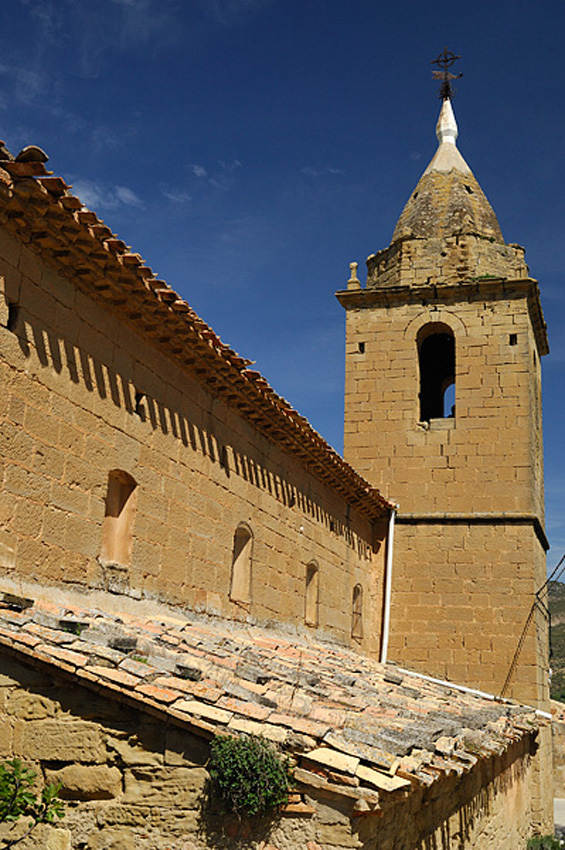
Nearby, the Chapel of the Virgen del Viñedo plays an important role for Castilsabás and several other villages in the regions, which celebrate a pilgrimage to the chapel on May 1st. The ethnologically significant former mill is conserved not far from the chapel.
The village celebrates its annual festival on January 17th in honor of St. Anthony.
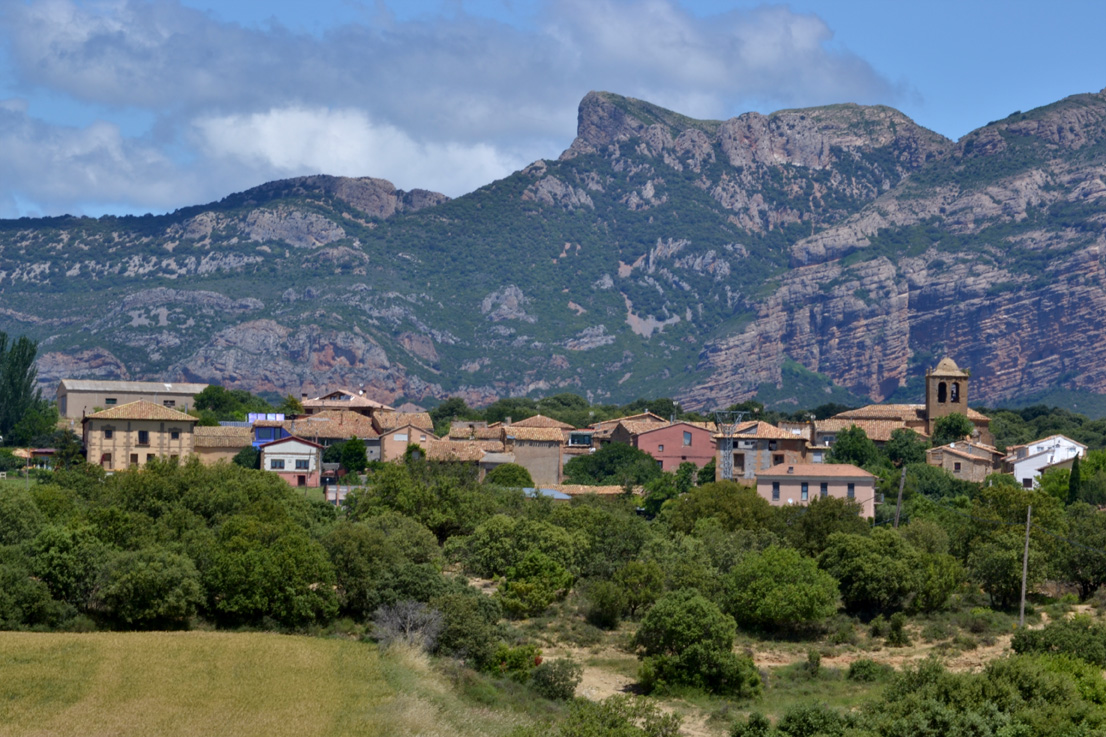
The village of Barluenga is nestled between the plain and the mountains, where its Parish Church of San Andrés stands at the center of a simple hamlet with several large homes featuring coats of arms.
The village’s biggest attraction is its Romanesque Chapel of San Miguel, which, located in the cemetery, contrasts a simple exterior with an interior rich in cultural heritage: delicate wood paneling and spectacular 13th- and 14th-century murals that represent the Last Judgment.
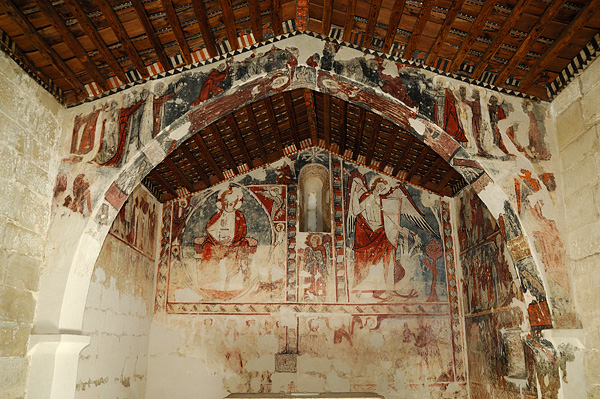
Barluenga celebrates its annual festivals on September 1st in honor of St. Giles, and on September 30th in honor of St. Michael. A pilgrimage in honor of St. Isidore is celebrated on May 15th and one to San Martin de la Val d'Onsera on the last Sunday of the month.
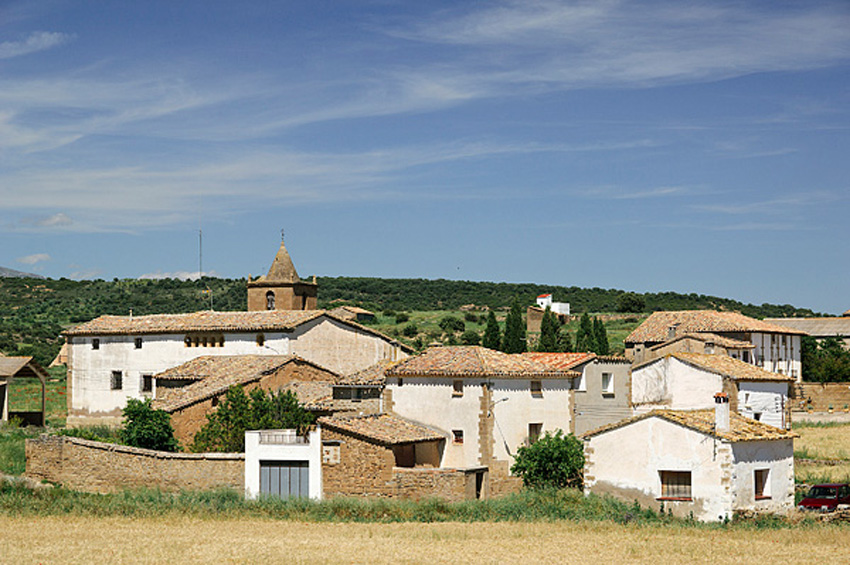
Justo antes de llegar a Loporzano, un desvío a la derecha nos lleva en primer lugar a Bandaliés, para continuar después acercándonos al Parque Natural de la Sierra y los Cañones de Guara.
Bandaliés tiene el interés de conservar la tradición alfarera que va unida a la existencia del pueblo. La familia Abió sigue manteniendo vivo un alfar que cuenta con más de 700 años de actividad.
Dentro de su caserío encontramos ejemplos destacados de arquitectura civil: casonas y casa solariegas con escudos de armas y decoraciones refinadas en sus portadas.
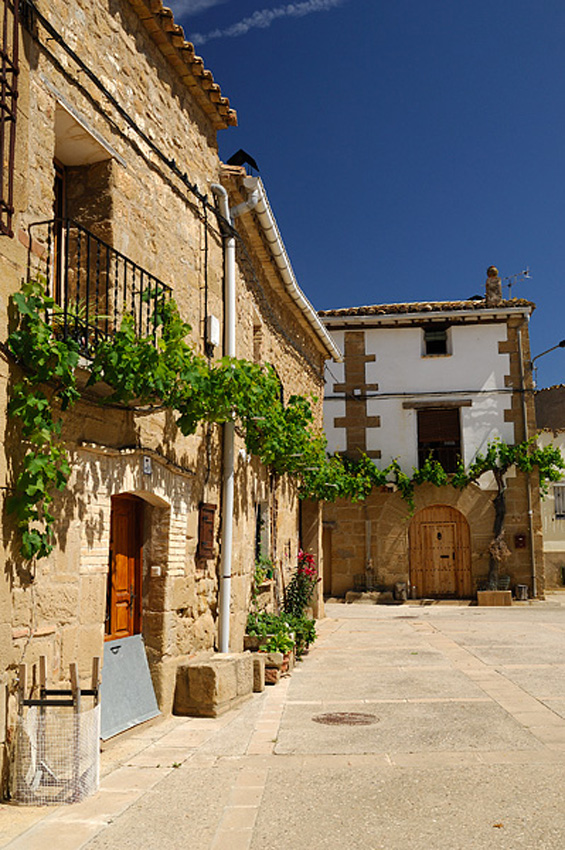
En la plaza del pueblo sobresale su iglesia parroquial, dedicada a Santa María, desde cuya torre se pueden captar espectaculares imágenes de la sierra y el Tozal de Guara, así como de sus característicos tejados con vasijas de barro decorando los alzados y perfiles de las casas.
A escaso un kilómetro se encontrará con la ermita de San Pedro.
Bandaliés celebra sus fiestas el 8 de septiembre, en honor a la Natividad de la Virgen; el 29 de abril por San Pedro de Verona. Y finalmente, el 1 de mayo se realiza la Romería a la Virgen del Viñedo.